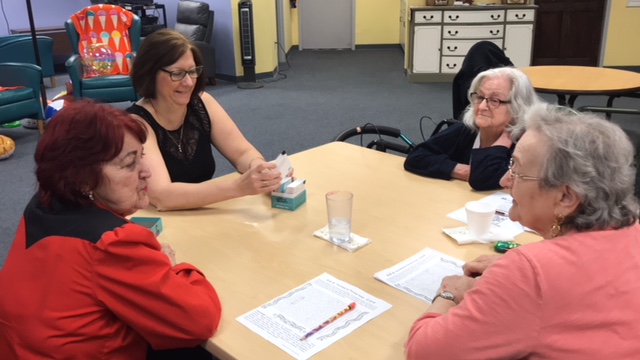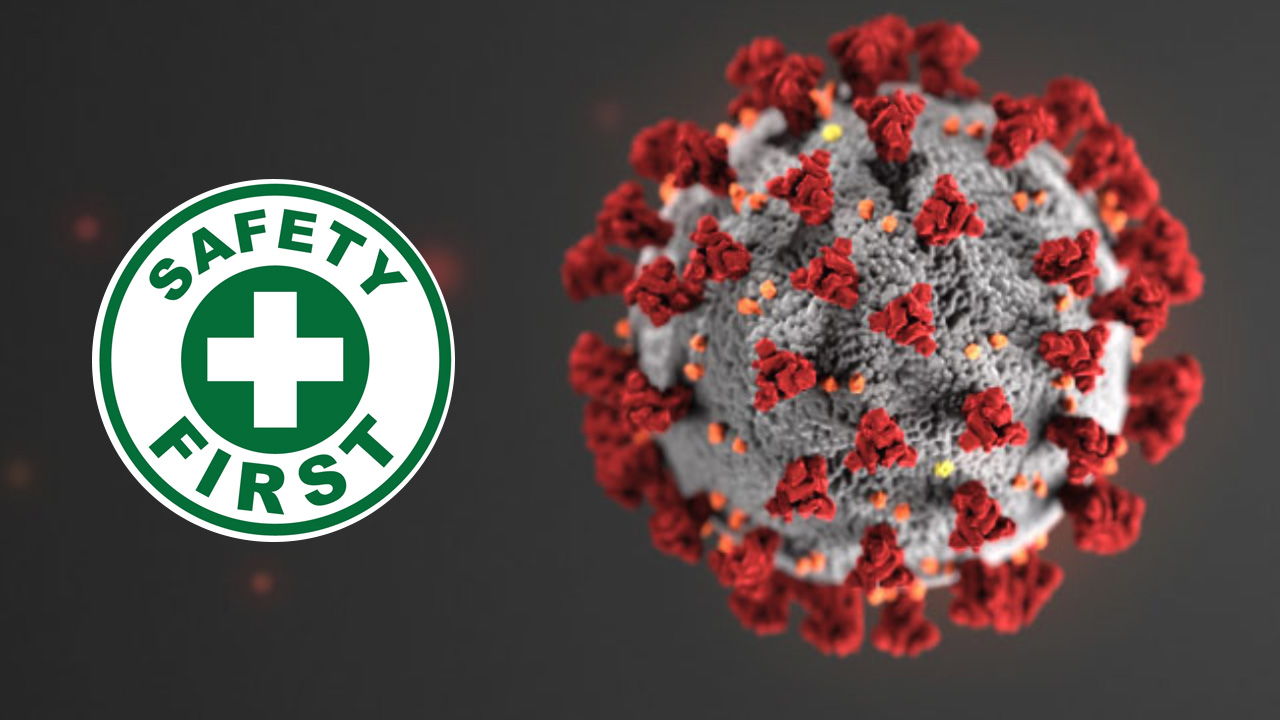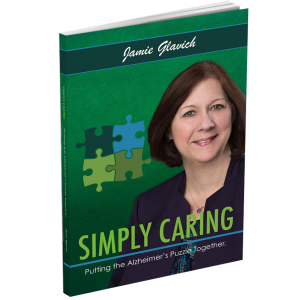Communication is an important aspect of any relationship, it is more than sending and receiving messages. To help with communication, be supportive, show you are interested, offer comfort and reassurance, give them time to get out their words and avoid criticizing or correcting. Each one of us is unique. What works for you one day may not work for you the next day. Be flexible. I share many tips with you in Chapter 9 of Simply Caring.
Music over Language
Our brain is wired differently to process music over language. Music is associated with many events in our lives. Music can set a mood and help with communication. During a challenging moment, start signing and the mood often changes.
Pain Indicators May Affect Communication
Always be on the lookout for differences in behavior and communication. Someone with Alzheimer’s may not be able to verbally communicate pain, either emotional or physical. This chapter of Simply Caring spells out many clues to look for when communication is breaking down such as changes in appetite and sleep or moaning and/or crying.
101 Things To Do With A Person Who Has Alzheimer’s Disease
This is my favorite list to share with a family. Visiting someone with memory loss takes effort and can be a challenge. The person with Alzheimer’s has about a 15-minute attention span. This is sometimes hard to get used to. This list shows that there are so many everyday ways to visit with a loved one. Be prepared and know how you want to spend your time. One day you could do a puzzle, the next visit could be looking at family photographs and the final visit of the week could be watching a few favorite TV shows together. It doesn’t have to be complicated. Just try to make yourself and your loved one comfortable when you are together.
Highlights from the book Simply Caring: Putting the Alzheimer’s Puzzle Together by Almost Home CEO Jamie Glavich. View more at SimplyCaringBook.com.





